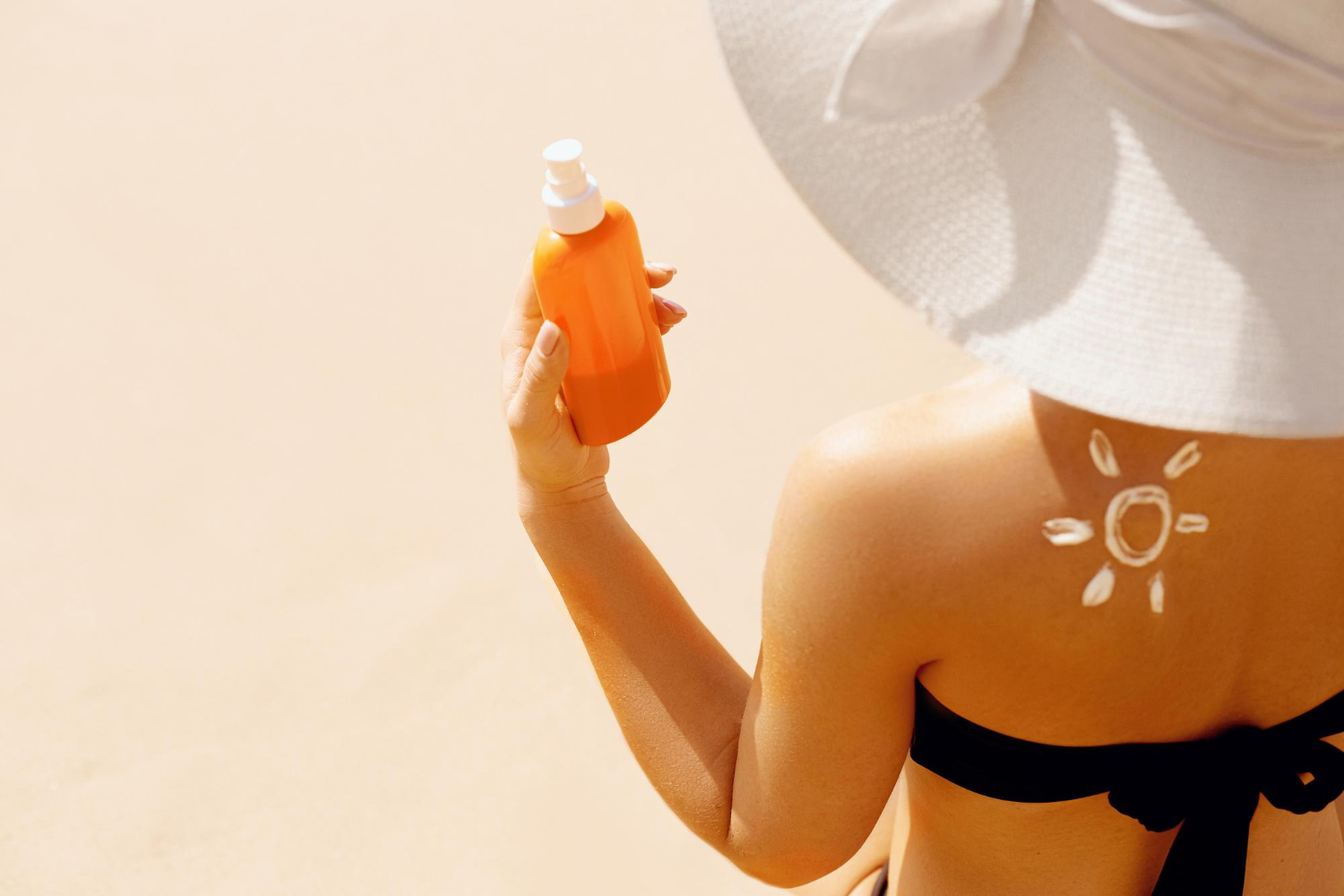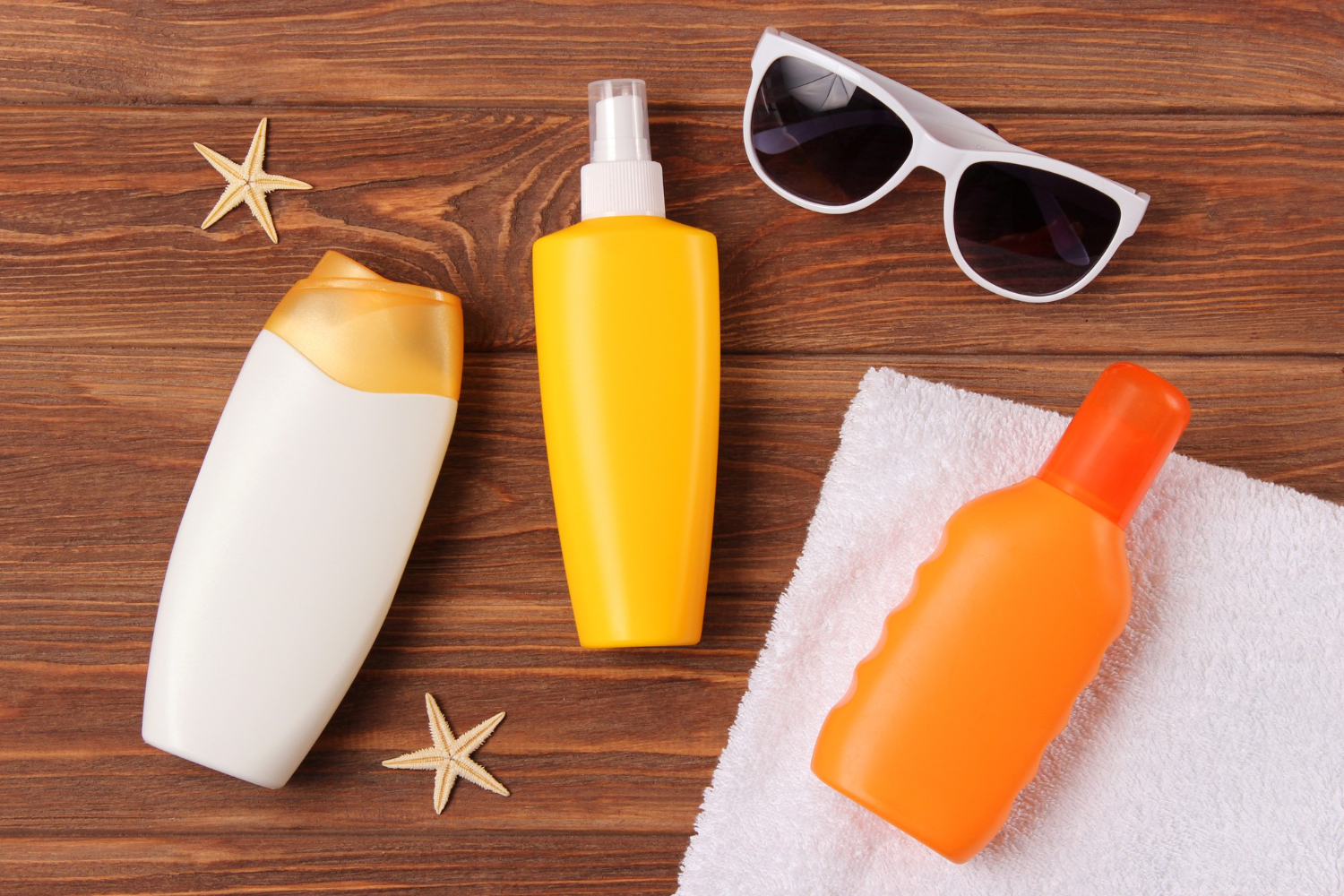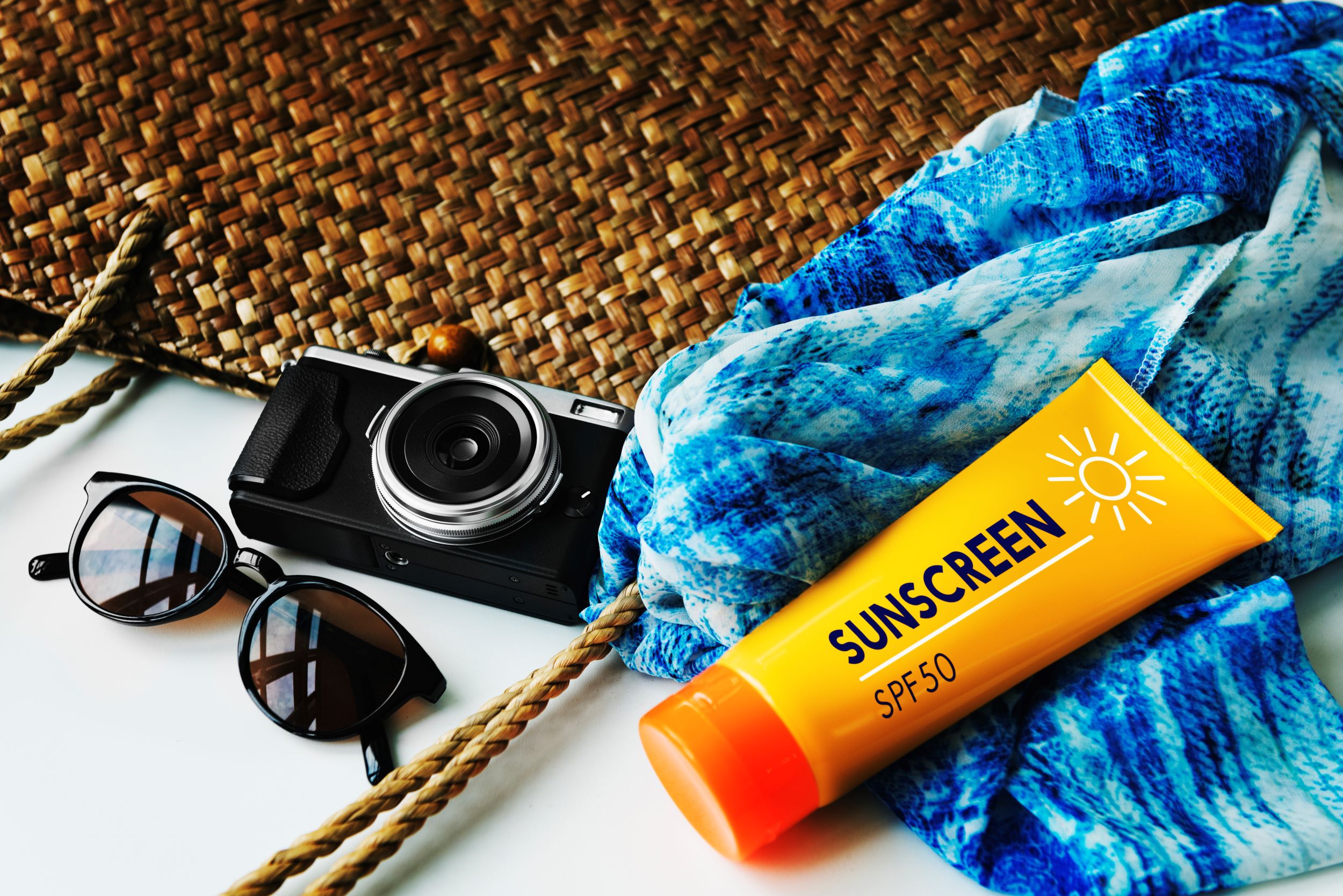Understanding Sunscreens: Types and Recommendations for Summer

Summer is almost here, and it’s time to protect our skin from the sun’s harmful rays. One of the most effective ways to do this is by using sunscreens. But did you know that there are different types of sunscreens? In this article, we’ll explain the two main types and help you choose the most suitable one for you and your family.
How does sunscreen work?

Sunscreen is a topical product designed to protect the skin against the sun’s harmful ultraviolet (UV) rays. It works by applying ingredients that help prevent UV radiation from penetrating the skin and causing damage, such as sunburns, premature skin aging, and an increased risk of skin cancer.
Types of Sunscreens
Sunscreens can come in the form of lotions, creams, gels, sprays, or sticks and typically contain a combination of active ingredients that work by absorbing, reflecting, or dispersing UV radiation.

There are two main types of sunscreens: chemical and physical.
Chemical sunscreens absorb UV rays before they penetrate the skin. They are more common and tend to be less visible on the skin, but some people may be sensitive to certain chemical ingredients.
On the other hand, physical sunscreens, also known as mineral sunscreens, create a physical barrier on the skin that reflects UV rays. They are ideal for people with sensitive or allergy-prone skin, as they are less likely to cause irritation. Additionally, they tend to be more effective immediately after application.
The summer sunscreen choice depends on several factors, including skin type, sensitivity to certain ingredients, planned activities, and personal preferences. Here are some general guidelines to help you decide:
- Physical sunscreens are a better option if you have sensitive or allergy-prone skin.
- If you have oily or acne-prone skin, you may prefer gel or spray sunscreens, which are less comedogenic.
- If you plan to be in the water or sweat a lot, look for a water-resistant sunscreen.
- If you have any environmental concerns, you can opt for sunscreens labeled as “reef-friendly,” which are formulated to minimize damage to marine ecosystems.
Remember that regardless of the type of sunscreen you choose, it is important to apply it generously and reapply it every two hours, especially after swimming, sweating, or towel-drying. Proper use of sunscreen is essential to protect the skin and reduce the risk of long-term sun damage. Don’t forget to combine sunscreen with other sun protection measures, such as wearing protective clothing and seeking shade when possible.

So, this summer, remember to protect your skin and that of your family with the appropriate sunscreens. Enjoy the sun safely!




